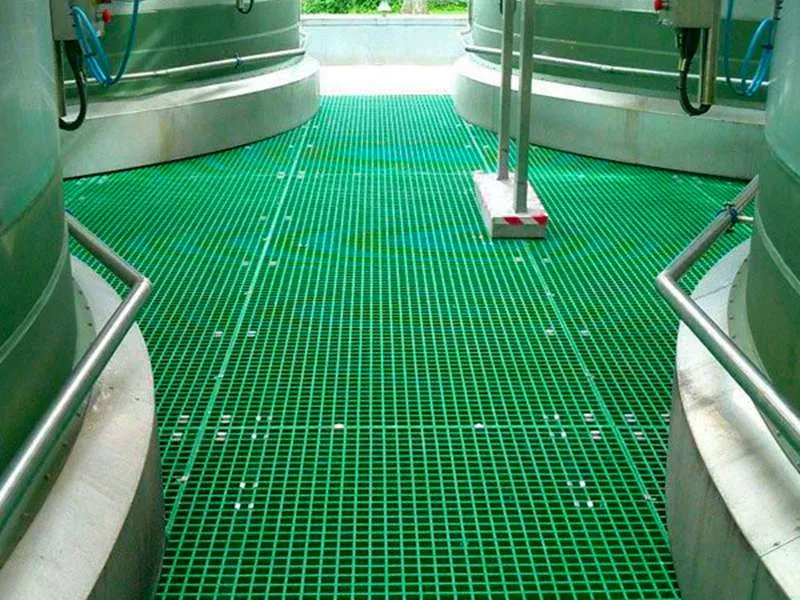
-
 Afrikaans
Afrikaans -
 Albanian
Albanian -
 Amharic
Amharic -
 Arabic
Arabic -
 Armenian
Armenian -
 Azerbaijani
Azerbaijani -
 Basque
Basque -
 Belarusian
Belarusian -
 Bengali
Bengali -
 Bosnian
Bosnian -
 Bulgarian
Bulgarian -
 Catalan
Catalan -
 Cebuano
Cebuano -
 China
China -
 China (Taiwan)
China (Taiwan) -
 Corsican
Corsican -
 Croatian
Croatian -
 Czech
Czech -
 Danish
Danish -
 Dutch
Dutch -
 English
English -
 Esperanto
Esperanto -
 Estonian
Estonian -
 Finnish
Finnish -
 French
French -
 Frisian
Frisian -
 Galician
Galician -
 Georgian
Georgian -
 German
German -
 Greek
Greek -
 Gujarati
Gujarati -
 Haitian Creole
Haitian Creole -
 hausa
hausa -
 hawaiian
hawaiian -
 Hebrew
Hebrew -
 Hindi
Hindi -
 Miao
Miao -
 Hungarian
Hungarian -
 Icelandic
Icelandic -
 igbo
igbo -
 Indonesian
Indonesian -
 irish
irish -
 Italian
Italian -
 Japanese
Japanese -
 Javanese
Javanese -
 Kannada
Kannada -
 kazakh
kazakh -
 Khmer
Khmer -
 Rwandese
Rwandese -
 Korean
Korean -
 Kurdish
Kurdish -
 Kyrgyz
Kyrgyz -
 Lao
Lao -
 Latin
Latin -
 Latvian
Latvian -
 Lithuanian
Lithuanian -
 Luxembourgish
Luxembourgish -
 Macedonian
Macedonian -
 Malgashi
Malgashi -
 Malay
Malay -
 Malayalam
Malayalam -
 Maltese
Maltese -
 Maori
Maori -
 Marathi
Marathi -
 Mongolian
Mongolian -
 Myanmar
Myanmar -
 Nepali
Nepali -
 Norwegian
Norwegian -
 Norwegian
Norwegian -
 Occitan
Occitan -
 Pashto
Pashto -
 Persian
Persian -
 Polish
Polish -
 Portuguese
Portuguese -
 Punjabi
Punjabi -
 Romanian
Romanian -
 Russian
Russian -
 Samoan
Samoan -
 Scottish Gaelic
Scottish Gaelic -
 Serbian
Serbian -
 Sesotho
Sesotho -
 Shona
Shona -
 Sindhi
Sindhi -
 Sinhala
Sinhala -
 Slovak
Slovak -
 Slovenian
Slovenian -
 Somali
Somali -
 Spanish
Spanish -
 Sundanese
Sundanese -
 Swahili
Swahili -
 Swedish
Swedish -
 Tagalog
Tagalog -
 Tajik
Tajik -
 Tamil
Tamil -
 Tatar
Tatar -
 Telugu
Telugu -
 Thai
Thai -
 Turkish
Turkish -
 Turkmen
Turkmen -
 Ukrainian
Ukrainian -
 Urdu
Urdu -
 Uighur
Uighur -
 Uzbek
Uzbek -
 Vietnamese
Vietnamese -
 Welsh
Welsh -
 Bantu
Bantu -
 Yiddish
Yiddish -
 Yoruba
Yoruba -
 Zulu
Zulu
frp food grade equipment
Understanding FRP Food Grade Equipment The Future of Food Safety
In the modern food industry, safety and hygiene are paramount. As companies strive to produce high-quality products while adhering to stringent safety standards, the significance of utilizing suitable materials cannot be overstated. One such material gaining traction in the food processing sector is Fiberglass Reinforced Plastic (FRP). This article delves into the advantages of FRP food grade equipment and its role in enhancing food safety.
Understanding FRP Food Grade Equipment The Future of Food Safety
The non-porous nature of FRP ensures that bacteria and contaminants cannot penetrate its surface, enhancing hygiene and making it easier to clean. This feature significantly reduces the risk of cross-contamination, a primary concern in food safety. By incorporating FRP into food grade equipment, businesses can ensure compliance with food safety regulations, which are constantly evolving to better protect consumers.
frp food grade equipment

Another advantage of FRP food grade equipment is its lightweight nature. Compared to traditional materials, FRP is much lighter, which simplifies transportation and installation. This can lead to lower shipping costs and easier management within the production facility. Moreover, FRP equipment is customizable, allowing manufacturers to tailor designs to specific operational needs while maximizing space efficiency.
The longevity of FRP equipment also contributes to cost-effectiveness for businesses. Its resistance to wear and tear means less frequent replacements, resulting in significant savings over time. By investing in high-quality FRP food grade equipment, companies can enhance their productivity while minimizing the downtime associated with equipment failure or maintenance.
Furthermore, as more consumers become aware of food safety and sustainability, companies using FRP equipment can showcase their commitment to quality and safety. This can lead to improved brand reputation and customer loyalty, essential components in today’s competitive market.
In conclusion, FRP food grade equipment stands out as a reliable solution for businesses seeking to improve food safety and operational efficiency. Its unique properties, including corrosion resistance, ease of cleaning, lightweight design, and longevity, make it an ideal choice for the food industry. As the demand for safe and hygienic food production continues to rise, investing in FRP technology will undoubtedly pave the way for a more secure and successful future in food safety.









